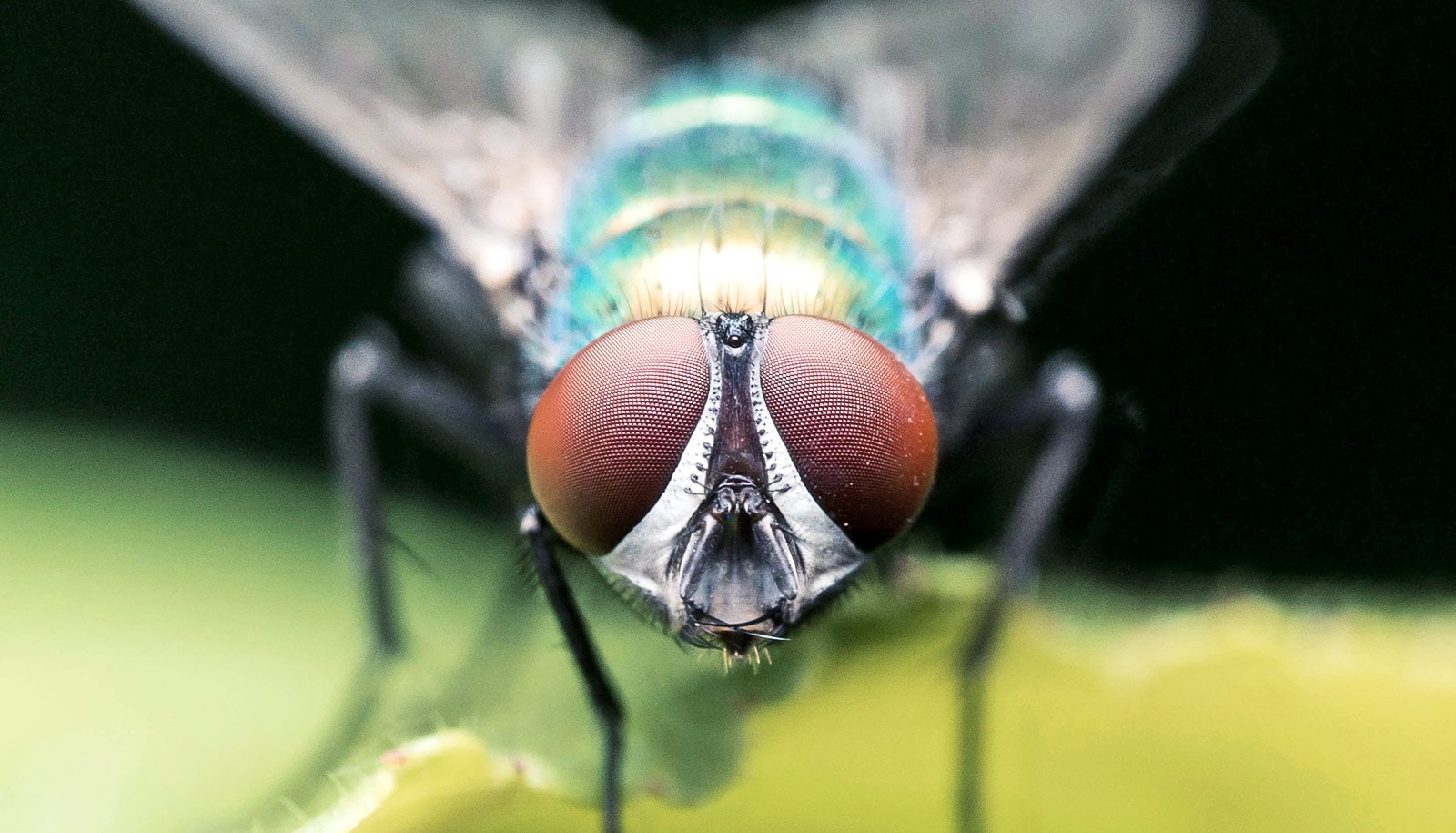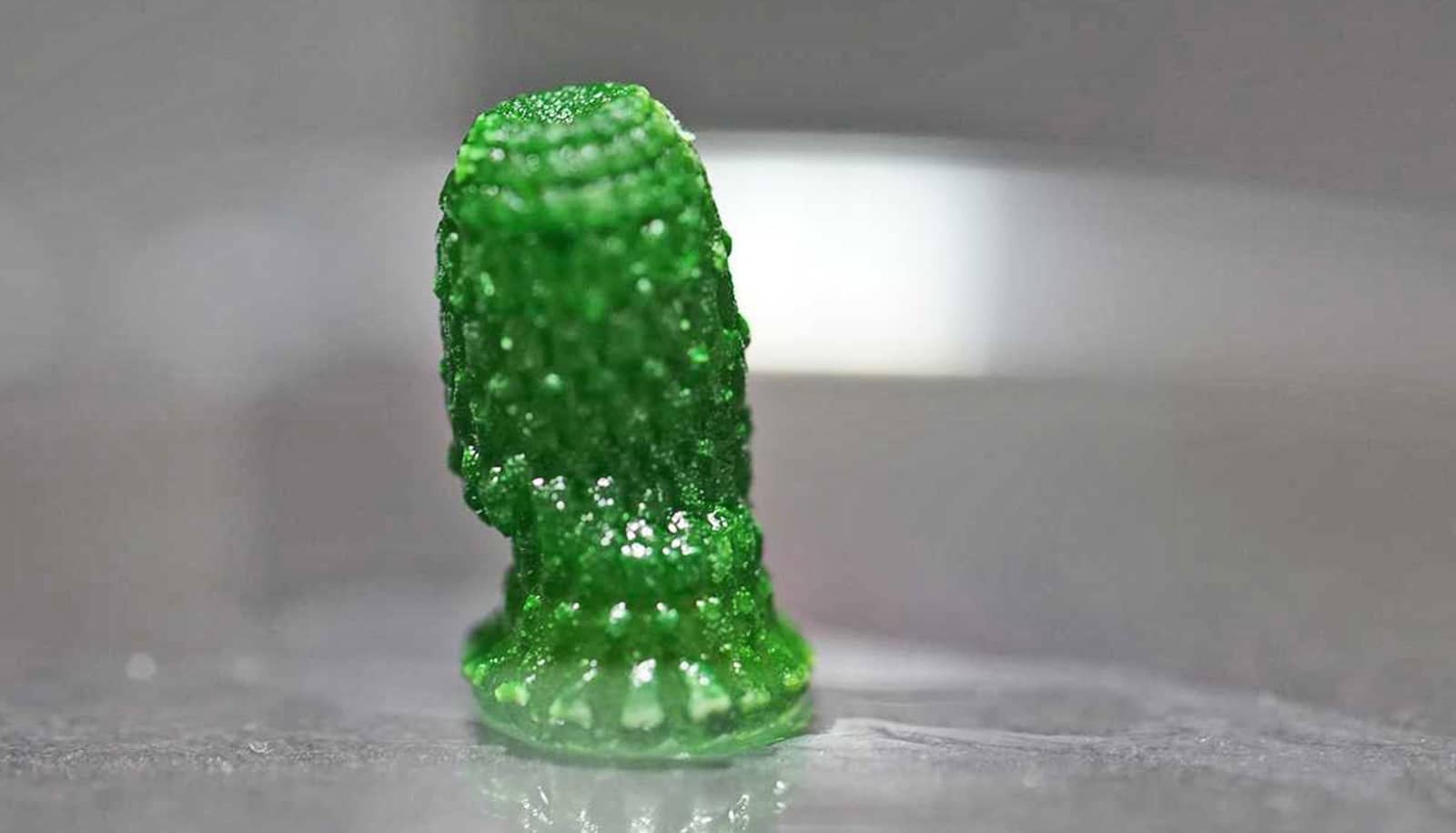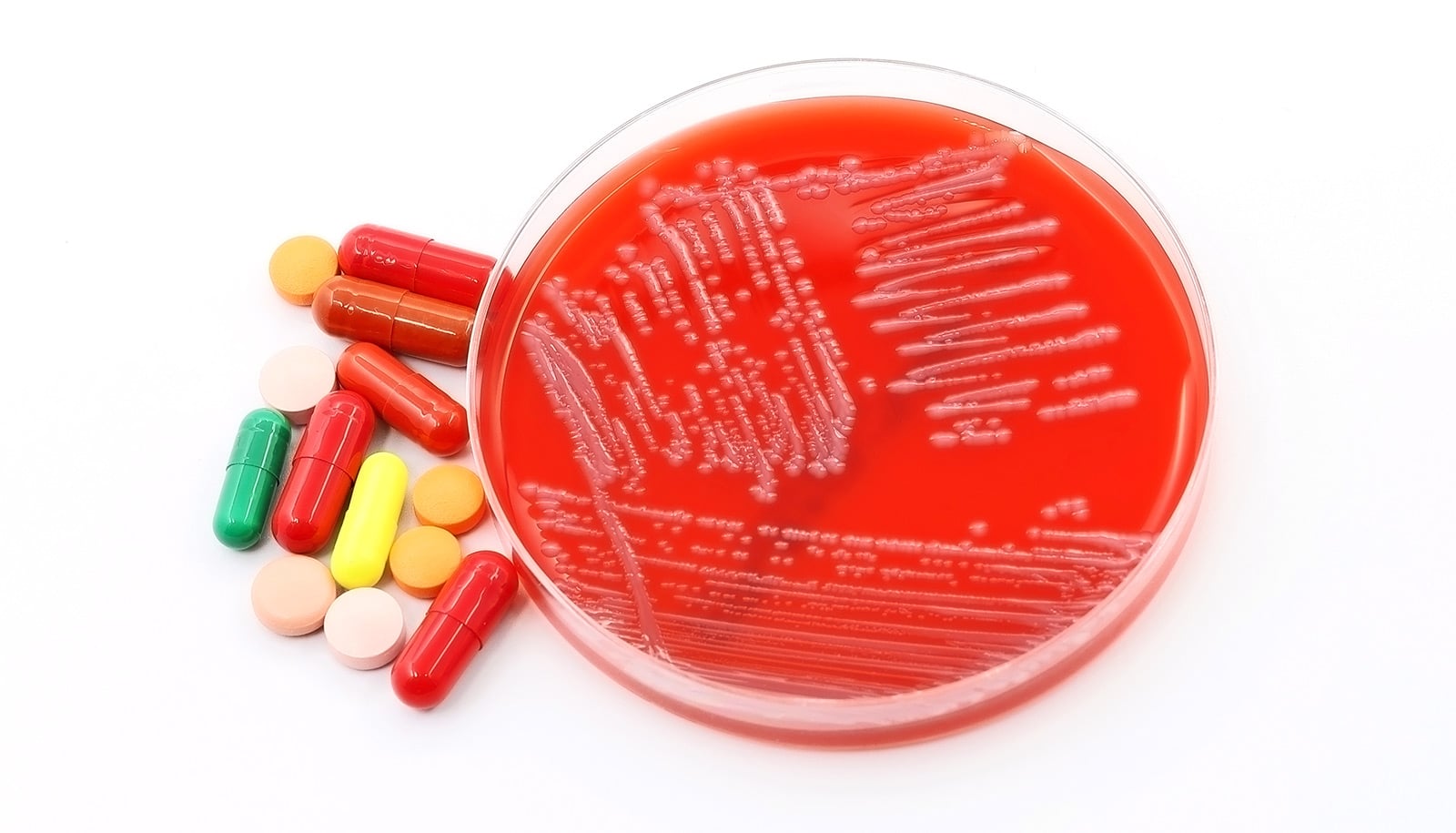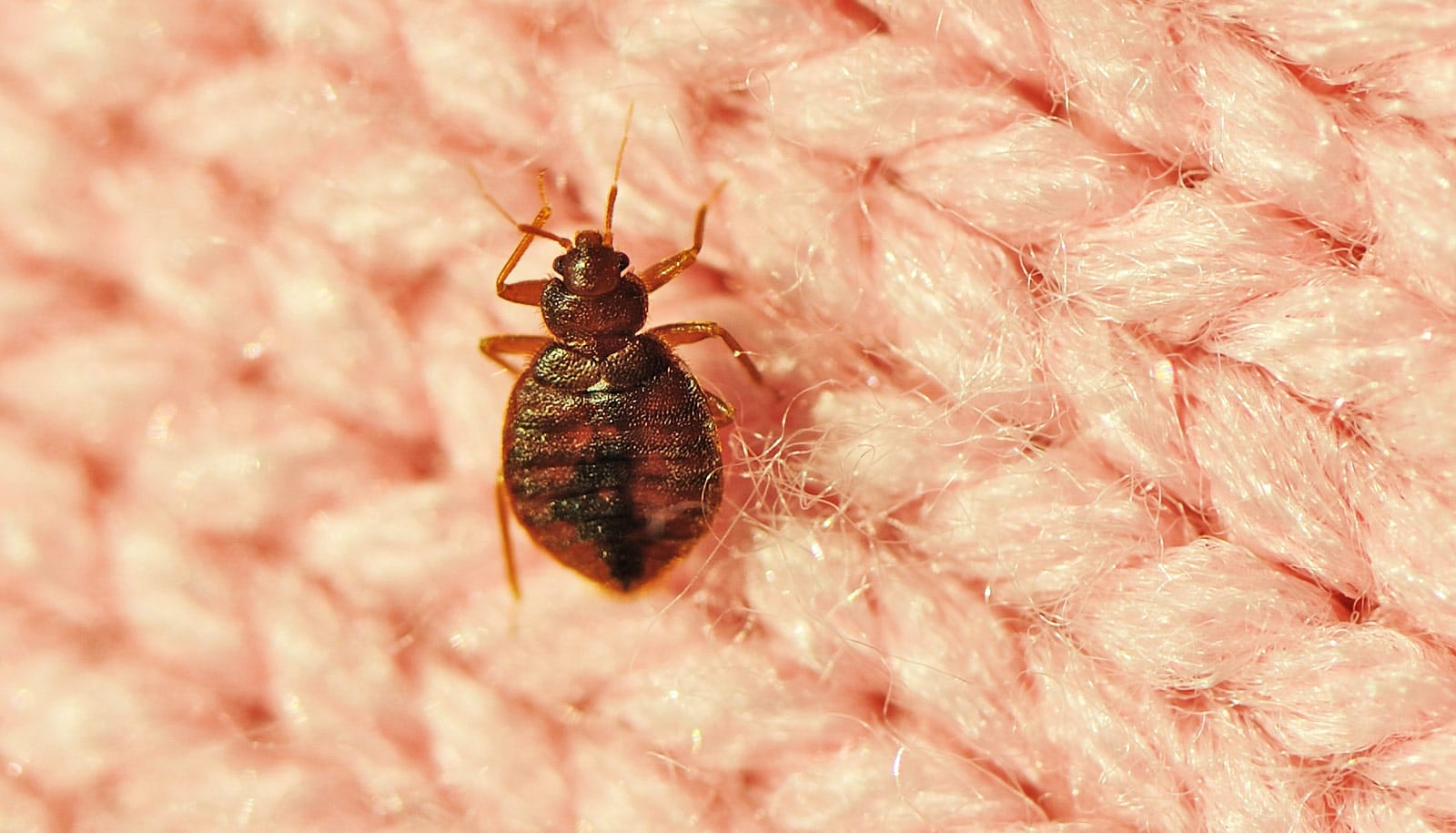Researchers have found that, in certain cases, flies carry hundreds of different species of bacteria, many of which are harmful to humans, adding to evidence that flies carry and spread disease.
“We believe that this may show a mechanism for pathogen transmission that has been overlooked by public health officials, and flies may contribute to the rapid transmission of pathogens in outbreak situations,” says Donald Bryant, professor of biotechnology and professor of biochemistry and molecular biology at Penn State.
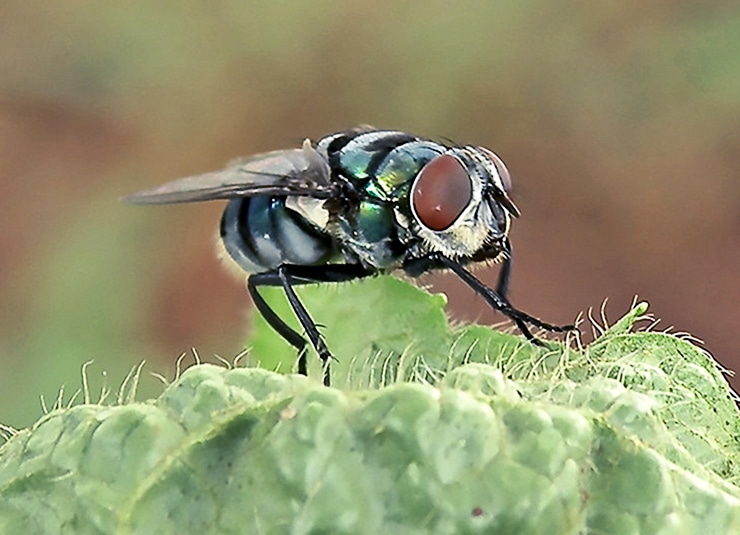
According to Stephan Schuster, former professor of biochemistry and molecular biology at Penn State, and now research director at Nanyang Technological University in Singapore, the researchers investigated the microbial content of individual fly body parts, including legs and wings. The legs appear to transfer most of the microbial organisms from one surface to another, he adds.
Researchers studied the microbiomes of 116 houseflies and blowflies from three different continents for the new study.
Legs and wings
“The legs and wings show the highest microbial diversity in the fly body, suggesting that bacteria use the flies as airborne shuttles,” says Schuster.
“It may be that bacteria survive their journey, growing and spreading on a new surface. In fact, the study shows that each step of hundreds that a fly has taken leaves behind a microbial colony track, if the new surface supports bacterial growth.”
Researchers used a scan electron microscope to find where bacterial cells and particles attach to the fly body. The electron microscope captures an up-close look at the head of a blowfly in this picture.
Blowflies and houseflies—both carrion fly species—are often exposed to unhygienic matter because they use feces and decaying organic matter to nurture their young, where they could pick up bacteria that could act as pathogens to humans, plants, and animals.
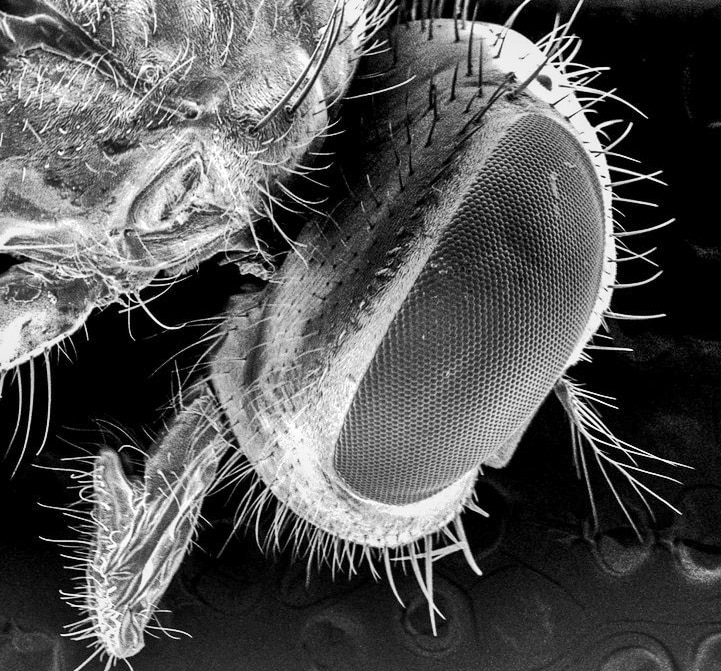
The study also indicates that blowflies and houseflies share over 50 percent of their microbiome, a mixture of host-related microorganisms and those acquired from the environments they inhabit. Surprisingly, flies collected from stables carried fewer pathogens than those collected from urban environments.
The researchers found 15 instances of the human pathogen Helicobacter pylori, a pathogen often causing ulcers in the human gut, largely in the blowfly samples collected in Brazil. The known route of transmission of Helicobacter has never considered flies as a possible vector for the disease, says Schuster.
The potential, then, for flies to carry diseases may increase when more people are present.
How scary smells make flies go extinct
“It will really make you think twice about eating that potato salad that’s been sitting out at your next picnic,” Bryant says. “It might be better to have that picnic in the woods, far away from urban environments, not a central park.”
Harmful yet helpful?
Ana Carolina Junqueira, professor of genetics and genomics at the Federal University of Rio De Janeiro and previous postdoctoral fellow at the Singapore Centre for Environmental Life Sciences Engineering, says that the novel genomic and computational methods researchers used for the study allowed them an unprecedented look at the microbial community flies carry.
“This is the first study that depicts the entire microbial DNA content of insect vectors using unbiased methods,” Junqueira says.
“Blowflies and houseflies are considered major mechanical vectors worldwide, but their full potential for microbial transmission was never analyzed comprehensively using modern molecular techniques and deep DNA sequencing.”
Flies may not be all bad, however. The researchers suggest they could turn into helpers for human society, perhaps even serving as living drones that can act as an early-warning system for diseases.
“For one, the environmental sequencing of flies may use the insects as proxies that can inform on the microbial content of any given environment that otherwise would be hard or impossible to sample,” says Schuster.
“In fact, the flies could be intentionally released as autonomous bionic drones into even the smallest spaces and crevices and, upon being recaptured, inform about any biotic material they have encountered.”
Male fruit flies rationally choose how to rank mates
The researchers report their findings in the journal Scientific Reports.
The Singapore Ministry of Education, the Singapore Center for Environmental Life Sciences Engineering, and the United Nations supported this work.
Additional researchers contributing to the work are from the University of Virginia; Nanyang Technological University; the European Molecular Biology Laboratory; the University of Georgia; the State University of Campinas; the University of Maryland; CosmosID Inc.; and the European Molecular Biology Unit.
Source: Duke University
